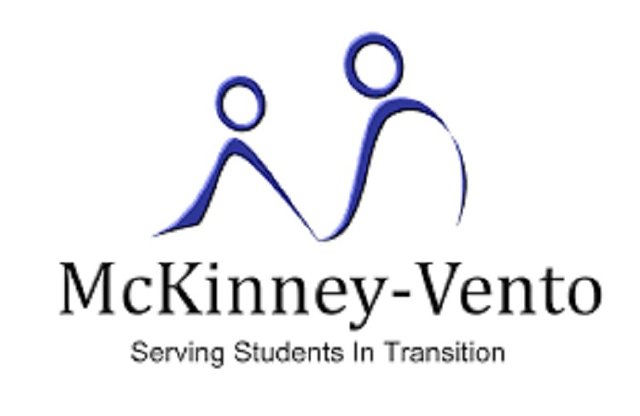Homelessness (ESSA Title IX)
HSSD Homelessness Assistance Team
Huntingdon
Board of Education
Name
Alan Eubanks
Title
District Homeless Liaison
Phone
731-986-2222
eubanks@huntingdonschools.net
Huntingdon
Primary School
Name
Cindy Cole
Title
School Liaison/Counselor
Phone
731-986-3091
ccole@huntingdonschools.net
Huntingdon
Middle School
Name
Amy Fuller
Title
School Liaison/Counselor
Phone
731-986-4544
afuller@huntingdonschools.net
Huntingdon
High School
Name
Tracy Connell
Title
School Liaison/Counselor
Phone
731-986-8223
tconnell@huntingdonschools.net
Huntingdon
Board of Education
Name
Norma Villalobos
Title
District Homeless Assistant
Phone
731-986-2222
nvillalobos@huntingdonschools.net
Every Student Succeeds Act - Title IX - Homelessness
Education for Homeless Children and Youth Program
The Education for Homeless Children and Youth (EHCY) program, authorized under the Title VII-B of the McKinney-Vento Act, was reauthorized in Dec. 2015 by the Every Student Succeeds Act (ESSA).
All school districts are required to provide needed services to homeless children. The department receives funding for the program through the federal McKinney-Vento Homeless Education Grant Program and distributes grants competitively to LEAs that have developed programs that document effective collaboration among school districts and service providers to ensure that homeless children in that district receive needed services.

The McKinney-Vento Act is designed to address the challenges that homeless children and youths have faced in enrolling, attending, and succeeding in school with a strong emphasis on the importance of school stability for homeless children and youths. Changing schools multiple times significantly impedes a student’s academic and social growth. Therefore, the McKinney-Vento Act calls for school districts to maintain students in their school of origin to promote school stability and greater educational outcomes overall, unless it is not in the student’s best interest.
Under Subtitle B of Title VII of the McKinney-Vento Homeless Assistance Act, § 725, homeless children and youths means individuals who lack a fixed, regular, and adequate nighttime residence and includes:
- children and youths who are sharing the housing of other persons due to loss of housing, economic hardship, or a similar reason; are living in motels, hotels, trailer parks, or camping grounds due to the lack of alternative adequate accommodations; are living in emergency or transitional shelters; or are abandoned in hospitals;
- children and youths who have a primary nighttime residence that is a public or private place not designed for or ordinarily used as a regular sleeping accommodation for human beings;
- children and youths who are living in cars, parks, public spaces, abandoned buildings, substandard housing, bus or train stations, or similar settings; and
- migratory children (as defined in § 1309 of the ESSA) who qualify as homeless because they are living in circumstances described in this definition.
In addition, the ESSA removed "awaiting foster care placement" from the definition of “homeless children and youths” December 10, 2016.
Links of Interest
McKinney-Vento Dispute Resolution Process
The McKinney-Vento Homeless Assistance Act guarantees rights and services for homeless children and youth to remove educational barriers. The law requires states and school districts to follow a dispute resolution process when parents, guardians, or unaccompanied youth and schools disagree on the eligibility, enrollment, or educational placement of homeless children and youth. The dispute resolution process is intended to represent each party’s views for objective consideration so that disagreements can be brought to closure expeditiously and the department has developed a dispute resolution process as required by the act.
The information at the right contains the district process for dispute resolutions as well as the form needed to file a dispute along with a copy of the form on which the decision of the dispute will be provided.
